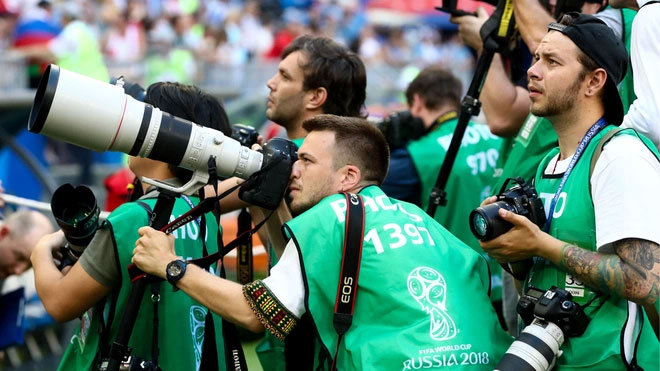Before the ban on “one-night stands” and female fans dressing provocatively at the 2022 World Cup, many equally strange regulations had been introduced at the world’s largest football festival.
Top 9 Bizarre Bans at World Cup Seasons
Qatar’s laws strictly prohibit premarital sex. Therefore, fans attending the 2022 World Cup will face a seven-year prison sentence if caught engaging in extramarital affairs.
Additionally, drinking alcohol and being publicly intoxicated is illegal. Partying activities are also banned.
Female tourists visiting this Middle Eastern country are required to dress modestly and simply in public, avoiding short dresses and revealing outfits, according to the Daily Star.
According to The Sportster, the World Cup only happens once every four years, and FIFA must ensure that fans can safely enjoy the tournament. That is why they have previously implemented many seemingly strange bans.

Female fans are required not to dress provocatively at the 2022 World Cup in Qatar.
1. Vuvuzela Horns
This is perhaps the most famous item ever blacklisted at the World Cup.
The vuvuzela became a popular instrument at the 2010 World Cup when fans bought them in large quantities. However, as this became annoying, FIFA decided to ban it from all stadiums in South Africa.
The ban has continued to be enforced in the years since.
2. Selfie Sticks
In recent years, this item has become a nuisance for many football clubs as fans use them during matches, obstructing the view of other spectators. Tottenham Hotspur was the first team to blacklist them at their venues.
Moreover, selfie sticks can easily be used as weapons, prompting FIFA to ban them from the World Cup.

Selfie sticks have been banned from the World Cup for several years. (Image: The Straits Times).
3. Cardboard Boxes
Seemingly harmless, cardboard boxes were added to the banned list by FIFA a few years ago. Many fans found it strange since no one would think to bring this item to the stadium, similar to ladders, which are also on the World Cup’s blacklist.
4. Large Flags
While many football clubs around the world ban banners attached to handheld sticks because they can become weapons, FIFA took it a step further by stating that flags and banners larger than 2 x 1.5 meters would not be allowed inside the stadium.
Small flags and banners are still permitted as long as they are made from “low fire risk” materials and comply with various other standards.
The rationale behind the ban on large flags is often to prevent obstructing the view of other fans.
5. Umbrellas
This item has been banned from football stadiums in England for several years because it “can be folded and used as a weapon.” At the 2018 World Cup, umbrellas longer than 25 cm when closed were also not allowed into the stadium.
6. Brassieres
During the 2018 World Cup, FIFA banned all body protection equipment, including bulletproof vests, martial arts gear, and even brassieres.
Fans are only allowed to bring brassieres if prescribed by a doctor; otherwise, they will be asked to remove them before entering the stadium.
7. Cameras
When Brazil hosted the 2014 World Cup, FIFA shocked many fans by banning tablets and cameras at all stadiums in the host country.
Recording devices have always been banned in football stadiums, with mobile phones being the only exception.

Except for journalists, spectators are not allowed to bring tablets and cameras into the stadium. (Image: Valery Sharifulin/TASS).
8. Powders
All types of powders, including flour, have been banned from World Cup stadiums for the past decade. They can fly into the air and cause disturbances for other fans trying to watch the match in the stands.
9. Chewing Gum
At the 2014 World Cup, reports indicated that security forces confiscated chewing gum from many fans because it was not a product sponsored by one of FIFA’s official partners.
This is why food and drink have been banned at several recent World Cups, as FIFA wants fans to consume products provided by their official partners.


















































